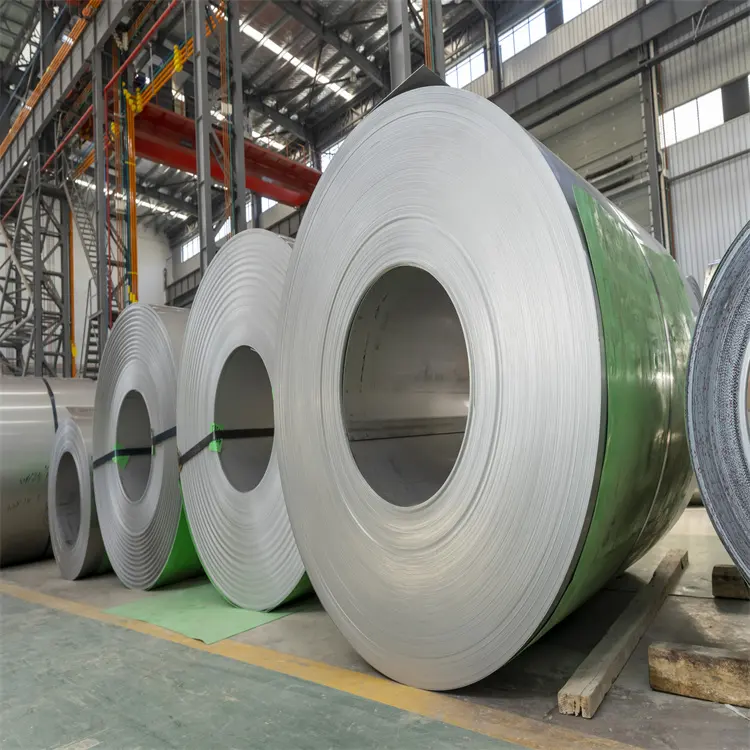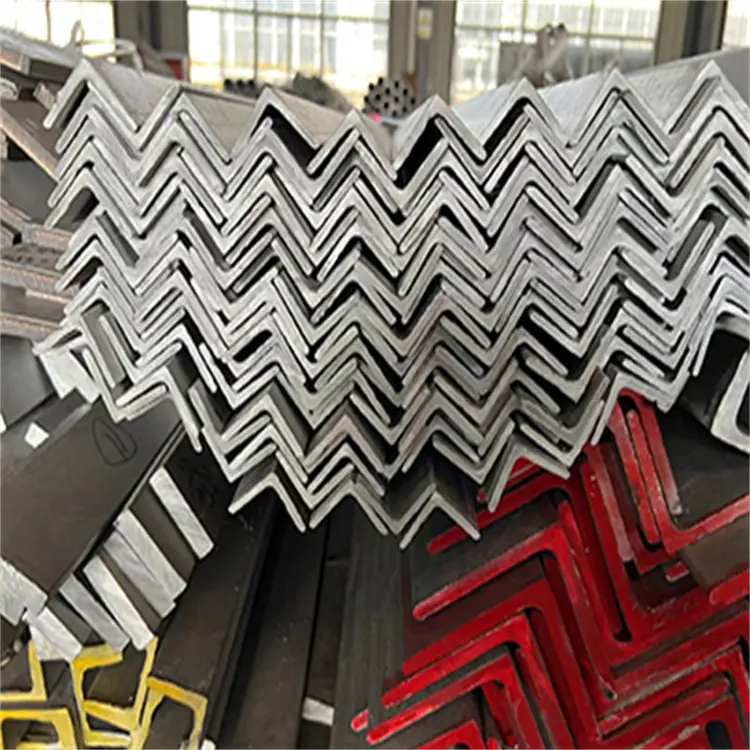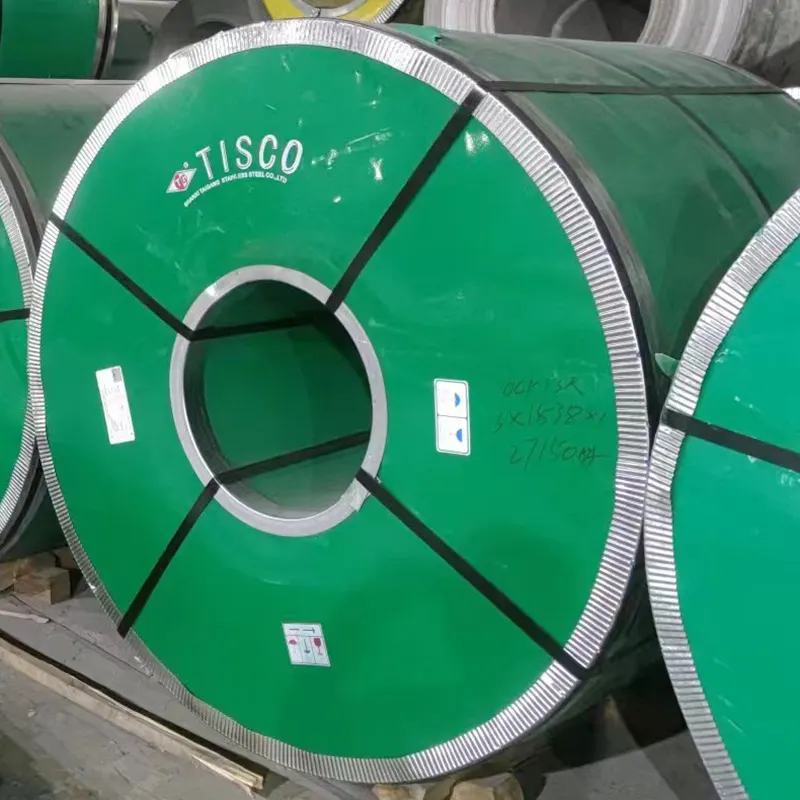precio de la bobina de acero inoxidable
El precio de las bobinas de acero inoxidable representa un factor crucial en la industria de fabricación y distribución de metales, reflejando diversas dinámicas del mercado y calidades de materiales. Estas bobinas, fabricadas mediante procesos avanzados de laminación, ofrecen una durabilidad excepcional, resistencia a la corrosión y versatilidad en múltiples aplicaciones. La estructura de precios se ve influenciada por varios factores clave, incluidos los costos de materia prima, especialmente el contenido de níquel y cromo, el volumen de producción, las especificaciones de grado y la demanda del mercado. Las tendencias actuales del mercado muestran fluctuaciones de precios basadas en las condiciones de la cadena de suministro global, los costos de energía y los patrones de demanda industrial. El grosor, el ancho y el grado de las bobinas de acero inoxidable impactan significativamente su precio, con grados especializados que requieren tarifas premium. Los fabricantes y proveedores generalmente ofrecen varios niveles de precios según la cantidad del pedido, con compras al por mayor que a menudo califican para descuentos competitivos. El precio también tiene en cuenta la calidad de la superficie, que varía desde un acabado estándar hasta superficies pulidas especializadas, cada una adecuada para aplicaciones específicas. Comprender estas dinámicas de precios es esencial para que las empresas tomen decisiones de adquisición informadas y mantengan operaciones costo-efectivas mientras aseguran los estándares de calidad del producto.


